Entry Type: Thing - Starting with N
Nannie Gresham Biscoe House
 Narceus americanus
Narceus americanus
 Narceus americanus
Narceus americanus
Narrow Gauge Railroads
 Narrows Bridge
Narrows Bridge
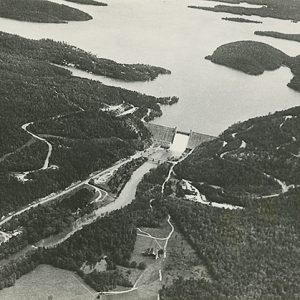 Narrows Dam Aerial View
Narrows Dam Aerial View
Narrows Dam
aka: Lake Greeson
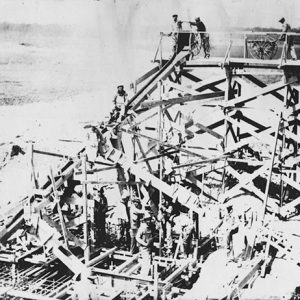 Narrows Dam Construction
Narrows Dam Construction
 Narrows Dam
Narrows Dam
Nashville Post Office
Nashville Sauropod Trackway
National Education Program
National Fish Hatcheries
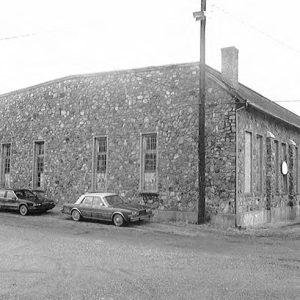 National Guard Armory [Mena]
National Guard Armory [Mena]
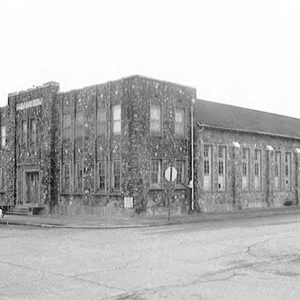 National Guard Armory [Mena]
National Guard Armory [Mena]
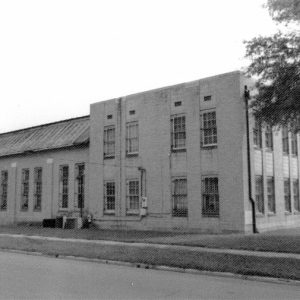 National Guard Armory [Pine Bluff]
National Guard Armory [Pine Bluff]
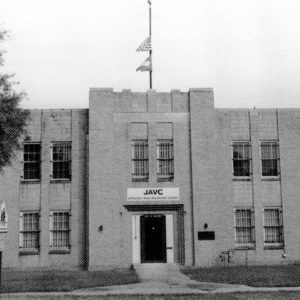 National Guard Armory [Pine Bluff]
National Guard Armory [Pine Bluff]
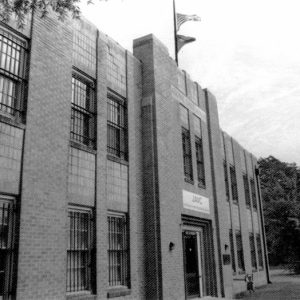 National Guard Armory [Pine Bluff]
National Guard Armory [Pine Bluff]
Native American Pottery
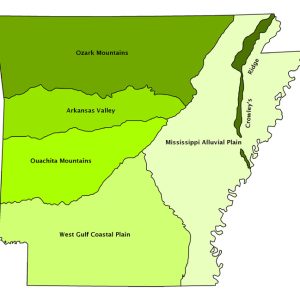 Natural Divisions Map
Natural Divisions Map
Natural Gas
 Natural State Tartan
Natural State Tartan
Neal v. Still
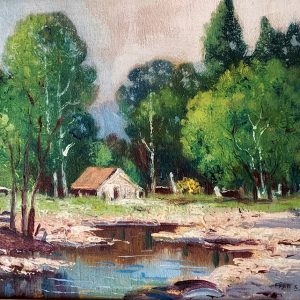 Near Eureka Springs
Near Eureka Springs
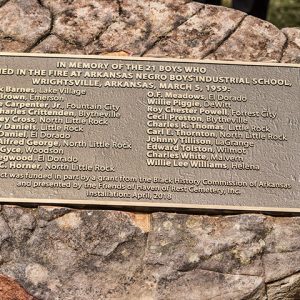 Negro Boys Industrial School Fire Memorial Plaque
Negro Boys Industrial School Fire Memorial Plaque
 Negro Boys Industrial School Memorial
Negro Boys Industrial School Memorial
 Negro Digest
Negro Digest
Negro Motorist Green Book, Arkansas Listings in the
Nematodes
aka: Roundworms
Nematomorpha
aka: Horsehair Worms
aka: Hairworms
Nemertea
aka: Ribbon Worms
Neosho [Steamboat]
 Neuropterans
Neuropterans
 Neuropterans
Neuropterans
Neuropterans
aka: Net-Winged Insects
Nevada County Courthouse
Nevada County Depot and Museum
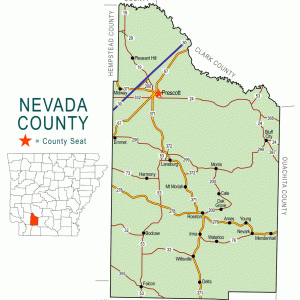 Nevada County Map
Nevada County Map
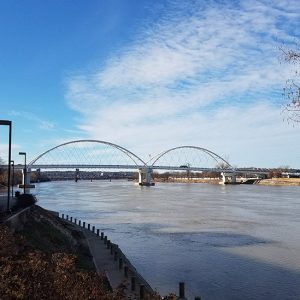 New Broadway Bridge
New Broadway Bridge
New Deal
 New Deal Outhouse
New Deal Outhouse
New Hampshire [Steamboat]
New Home Church and School
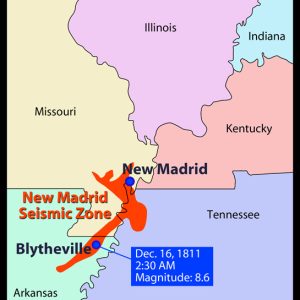 New Madrid Fault
New Madrid Fault
New Madrid Fault
aka: New Madrid Seismic Zone
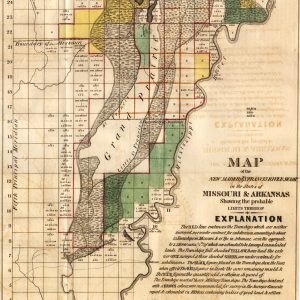 New Madrid/St. Francis River Swamp
New Madrid/St. Francis River Swamp
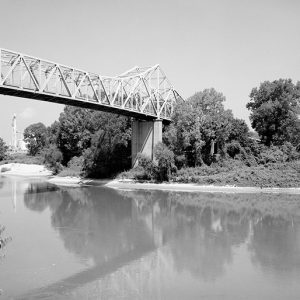 Newport Bridge
Newport Bridge




